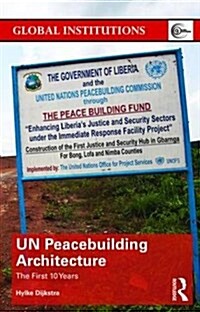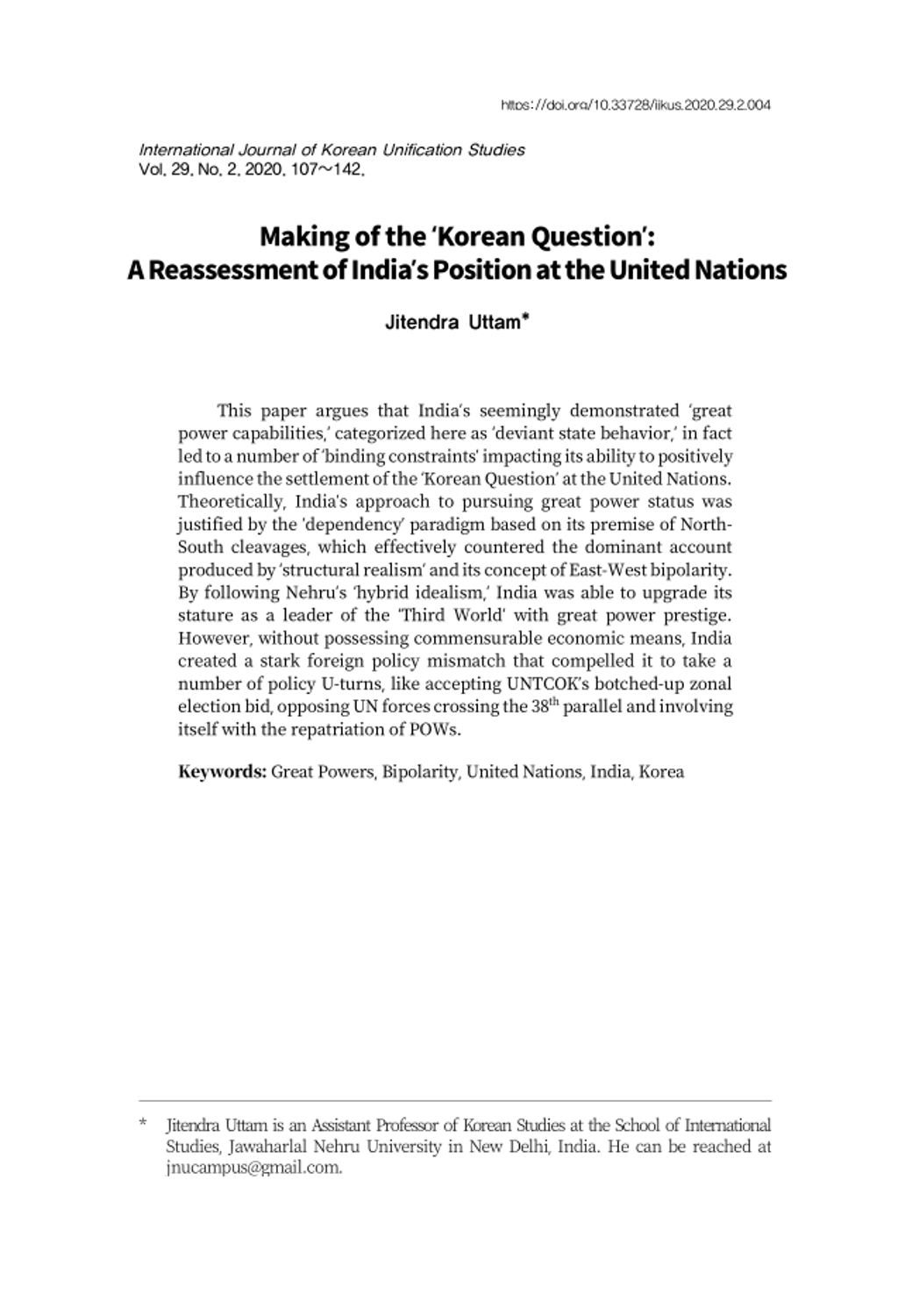
UN peacebuilding architecture: the first 10 years
- 대등서명
- First ten years United Nations peacebuilding architecture
- 발행사항
- Abingdon, Oxon ; New York, NY : Routledge, 2016
- 형태사항
- xxxviii, 262 p. ; 23 cm
- ISBN
- 9781138650503
- 청구기호
- 361.59 D296u
- 서지주기
- Includes bibliographical references and index
소장정보
| 위치 | 등록번호 | 청구기호 / 출력 | 상태 | 반납예정일 |
|---|---|---|---|---|
이용 가능 (1) | ||||
| 1자료실 | 00018225 | 대출가능 | - | |
- 등록번호
- 00018225
- 상태/반납예정일
- 대출가능
- -
- 위치/청구기호(출력)
- 1자료실
책 소개
Since its establishment, the UN's Peacebuilding Architecture (PBA) has been involved in peacebuilding processes in more than 20 countries. This edited volume takes stock of the overall impact of the PBA during its first decade in existence, and generates innovative recommendations for how the architecture can be modified and utilized to create more synergy and fusion between the UN's peace and development work.
The volume is based on commissioned research and independent evaluations as well as informed opinions of several key decision-makers closely engaged in shaping the UN's peacebuilding agenda. It seeks to find a balance between identifying the reality and constraints of the UN's multilateral framework, while being bold in exploring new and innovative ways in which the UN can enhance the results of its peace and development work through the PBA.
The research and writing of each chapter has been guided by four objectives:
- to assess the overall impact of the PBA;
- to generate innovative ideas for how the PBA can be made more effective post-2015;
- to analyze the PBA’s role at the nexus of the UN's peace and development work; and
- to consider what would be required for the PBA to increase and improve its impact in future.
It will be of interest to diplomats, UN officials, the policy community and scholars engaged in the debate following the 2015 review and the implementation of its recommendations, and will be an essential resource for UN and peacebuilding scholars.
This edited volume takes stock of the overall impact of the UN's Peacebuilding Architecture during its first decade in existence.
목차
Introduction: Assessing the impact of the UN Peacebuilding Architecture Cedric de Coning and Eli Stamnes PART I: SETTING UP THE UN PEACEBUILDING ARCHITECTURE 1. The vision and thinking behind the UN Peacebuilding Architecture Abiodun Williams and Mark Bailey 2. The dynamics that shaped the establishment of the Peacebuilding Architecture in the early years Necla Tschirgi and Richard Ponzio PART II: THE PEACEBUILDING ARCHITECTURE’S INSTRUMENTS IN PRACTICE 3. The Peacebuilding Fund: From uncertainty to promise Jups Kluyskens 4. Achievements of the UN Peacebuilding Commission and challenges ahead Mariska van Beijnum PART III: THE INSTITUTIONAL AND CONCEPTUAL IMPACT OF THE PEACEBUILDING ARCHITECTURE 5. The gender(ed) impact of the UN Peacebuilding Architecture Torunn L. Tryggestad 6. Bridging the gap? The UN Civilian Capacity initiative John Karlsrud and Lotte Vermeij PART IV: COUNTRY-SPECIFIC IMPACT OF THE PEACEBUILDING ARCHITECTURE 7. The impact of the Peacebuilding Architecture in Burundi Susanna Campbell, Josiah Marineau, Tracy Dexter, Michael Findley, Stephanie Hofmann, and Daniel Walker 8. The impact of the Peacebuilding Architecture on consolidating the Sierra Leone peace process Fernando Cavalcante 9. The impact of the Peacebuilding Architecture on consolidating Liberia’s peace process Marina Caparini 10. The impact of the Peacebuilding Architecture in Guinea-Bissau Adriana Erthal Abdenur and Danilo Marcondes de Souza Neto 11. Searching for a niche: UN peacebuilding in the Republic of Guinea Ian D. Quick PART V: FINDINGS AND CONCLUSION 12. The future of the UN Peacebuilding Architecture Cedric de Coning and Eli Stamnes 13. Epilogue: The UN Peacebuilding Architecture?good intentions, confused expectations, faulty assumptions Judy Cheng-Hopkins

